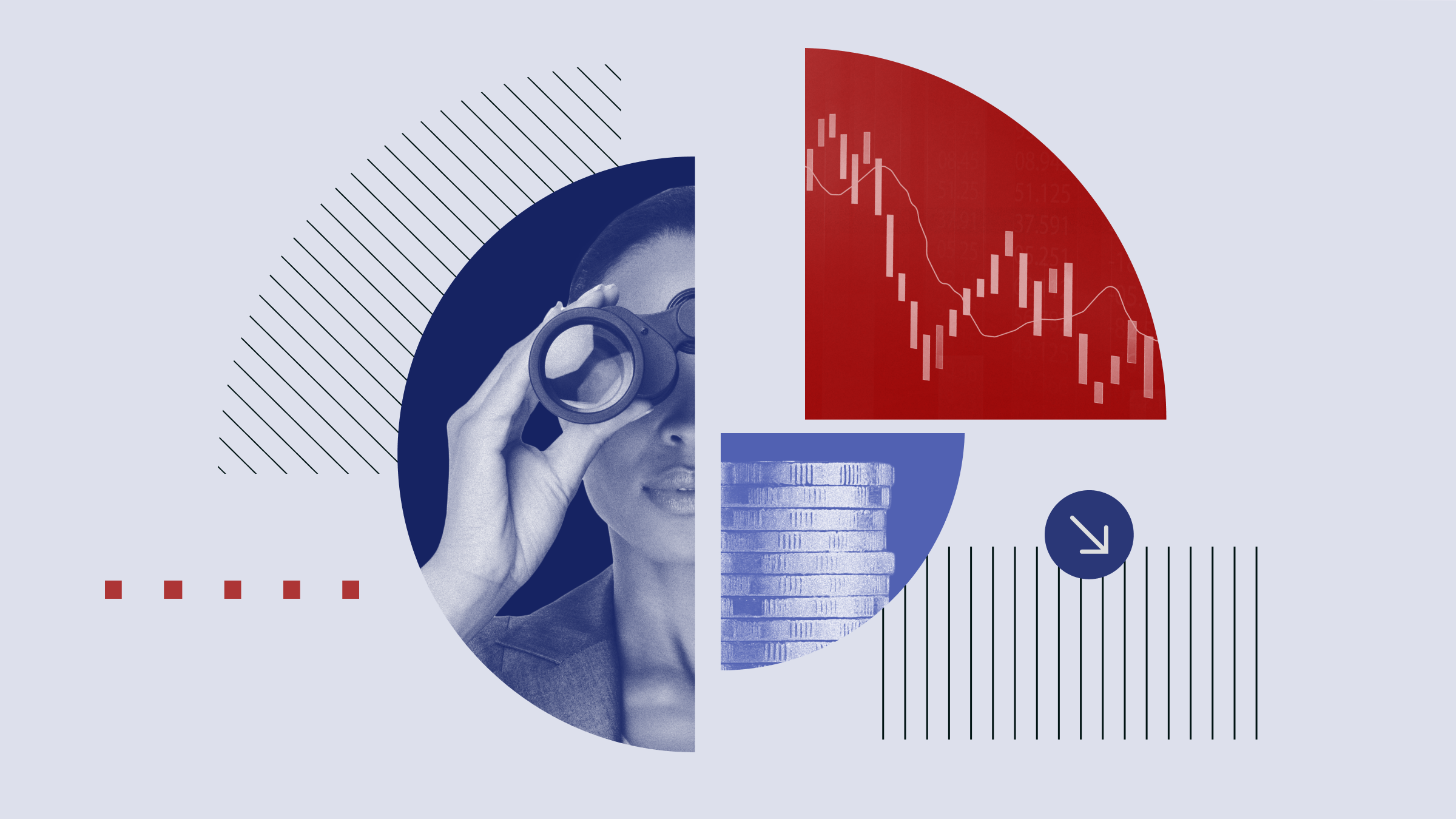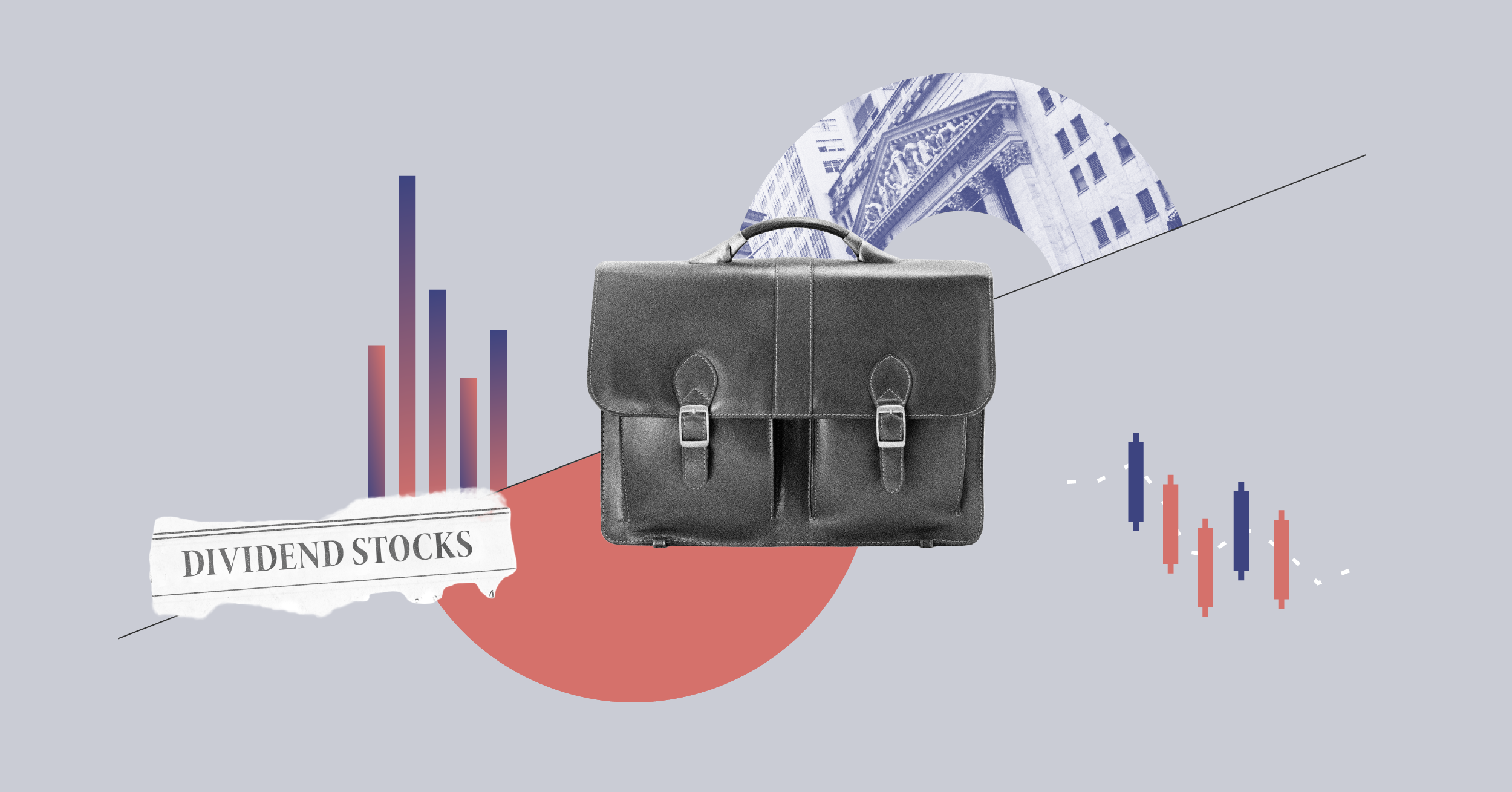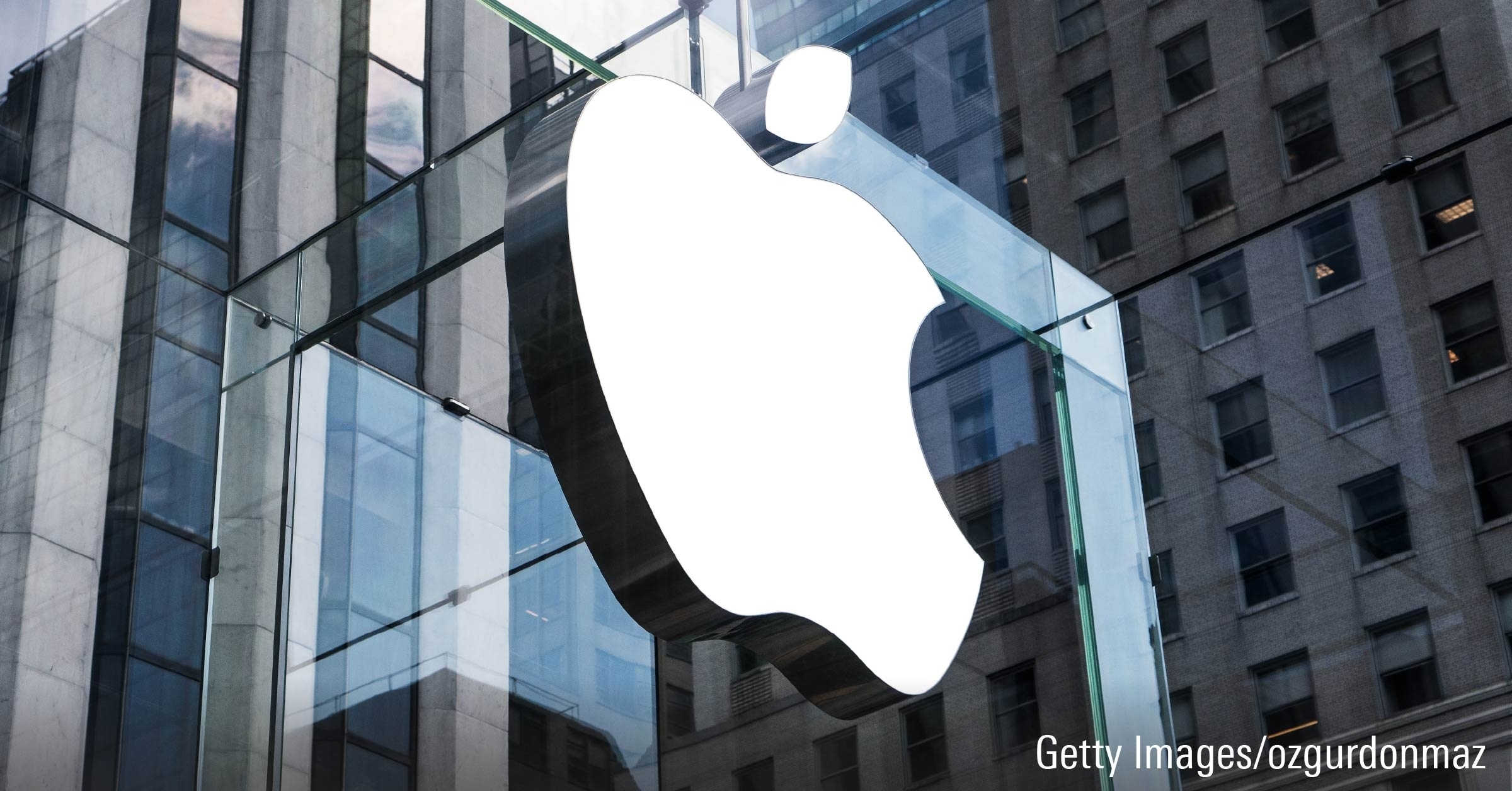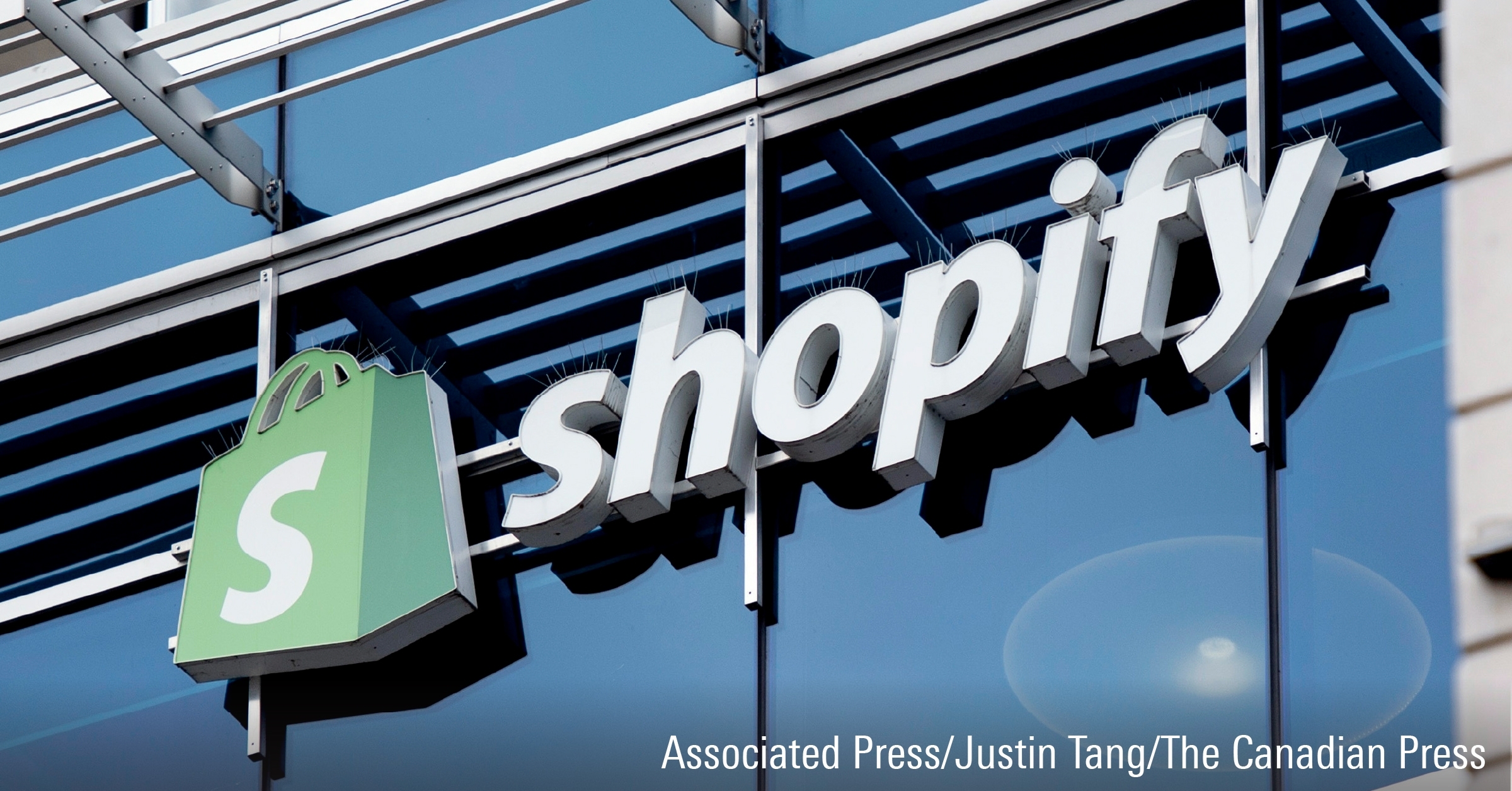Depending on your fund's objectives, returns can be highly variable. However, what is decidedly less variable – in fact, quite predictable - is the fee that investors pay for those returns. Besides being predictable, the fees' structures are infrequently transparent, and they're rarely (if ever) tied to fund performance. In other words, when you invest in a fund, the fund manager virtually guarantees his or her own return on your investment, while your own returns are exposed to both the vagaries and vicissitudes of the market, and the fund manager's often imperfect decisions. Today more than ever, during this time of quantitative easing and currency wars, predicting your fund investment's short term return is analogous to nailing Jell-O to the proverbial wall. However, fees, like taxes, are certain. Since fund costs represent a fixed, embedded drag on returns, It stands to reason that we ask ourselves: How can investors tell if a fund manager is really earning that fee? Is he or she really adding value?
One key consideration might be to look at the alternatives. Does your fund represent reasonable value relative to other options in the market? What actively managed and index tracking options are available? For example, retail investors in Hong Kong seeking exposure to Chinese equities have just a handful of appropriate index tracking open end mutual funds and ETFs. One of these index tracking ETFs is the iShares MSCI China Index ETF listed in Hong Kong. Its annual expense ratio is 0.59%. In contrast, the average annual cost of Chinese equity funds is 2.0%. Simply put, that’s a 1.41% hurdle the average active manager will have to surmount every year before offering investors value for money over and above the benchmark option. (Although investors should also consider other potential fees such as brokerage costs for ETFs and front/back end loads for open end funds).
Table 1, below, summarizes the simplistic view of what one should expect from an actively managed fund versus an index fund. Index funds should never have high fees relative to their actively managed peer funds. For active funds we of course prefer lower fees, but sometimes it can be worth paying more for a strong investment proposition.
Table one.
|
|
Active |
Passive |
|
High Fee |
= |
- |
|
Low Fee |
+ |
+ |
So if you are going to spring for an actively managed fund, you need to make sure it is active enough to beat the benchmark consistently, or at least the most appropriate index tracking alternatives. To decide which active fund is right for them, investors can use a few key statistics to help them gauge how active a fund really is and therefore what chance it has of delivering a net-of-fees return that beats its benchmark.
Tracking Error
Tracking error is a measure of divergence of the funds' returns from a given benchmark. This is a good place to start when looking at how active a fund is. Funds that are more active will typically have a higher tracking error relative to those that are less active. However, there are situations where tracking error will not be very meaningful, for example when an inappropriate benchmark is used, so it shouldn’t be used in isolation.
R-Squared
A statistical term, you may remember R-Squared (also known as coefficient of determination) from high school. It is simply a measure of best fit. If a fund has a high R-Squared relative to peers, its returns are better explained by the benchmark compared to peers.
Beta
Beta is a measure of the relative movement of fund returns vis-a-vis the benchmark. A fund which takes on more risk (or exhibits greater price volatility) than the market will have a beta greater than one. One that takes on less risk (or exhibits less price volatility) will have a beta lower than one. The closer the beta is to one, the more likely the fund is benchmark aware.
Active Share
Active share measures how much a fund portfolio constituents diverge from its benchmark’s. This metric captures both the under or overweight stock positioning, as well as any off benchmark names in the portfolio. The higher the score, relative to a maximum of 100%, the more active the portfolio. For example, an active share score of 0.48% (Like for iShares MSCI China Index ETF in table two) means that 99.52% of the portfolio is identical to the benchmark, as one would expect for an index tracking ETF.
For a real world example, table two contrasts an actively managed fund, Allianz China Equity, with an index tracking ETF, iShares MSCI China Index ETF. Both use the same MSCI China benchmark. We can see how different the results, for the four factors explained above, will be for an actively managed fund relative to an index tracking option.
Table two.
|
|
Allianz China Equity A USD |
iShares MSCI China Index ETF |
|
TER (2012) % |
2.27 |
0.59 |
|
Return % USD |
1.55 |
-0.41 |
|
Standard Deviation % |
26.08 |
27.16 |
|
Tracking Error % |
5.74 |
0.50 |
|
R-Squared |
95.60 |
99.97 |
|
Beta |
0.94 |
1.0 |
|
Active Share % |
48.13 |
0.48 |
Calculations based on returns from start July 2008 – end June 2013 annualised.
Source: Morningstar Direct
While these are useful statistics to get a feel for how active a fund has been, it is worth noting a few issues.
· First, if used in isolation, none of these measures give an accurate picture of whether a fund is active or not. It is entirely possible for an active fund to have a beta close to one.
· Second, just because it’s more active than an index fund doesn’t mean the higher fee is justified. Investors should consider that there are gradations of how active a fund is. If a fund is more active than an index fund, but not much more, and its fees are relatively high, then it is harder for this fund to outperform the benchmark net of fees.
· Thirdly, it’s all in the past. The returns used for these calculations are what is termed ex post, or backward-looking, measures. If there has been a change in portfolio manager, investment strategy or market conditions, things could look very different on a forward looking basis.
· Lastly, with reward comes risk. Just as an actively managed fund can outperform its benchmark, it can also underperform.
At Morningstar, our qualitative ratings (which are currently available for open end funds but not yet for ETFs), called Morningstar Analyst Ratings, incorporate this information. We make a forward-looking assessment as to whether a fund will outperform both its benchmark and peers net of fees. Hence, those funds which receive our Bronze, Silver and Gold ratings -- what we term Morningstar Medalists -- are the ones we believe have struck the appropriate balance between their investment approach (active versus index), and their fee structures.
Arne Hilke is a research analyst with Morningstar.

















